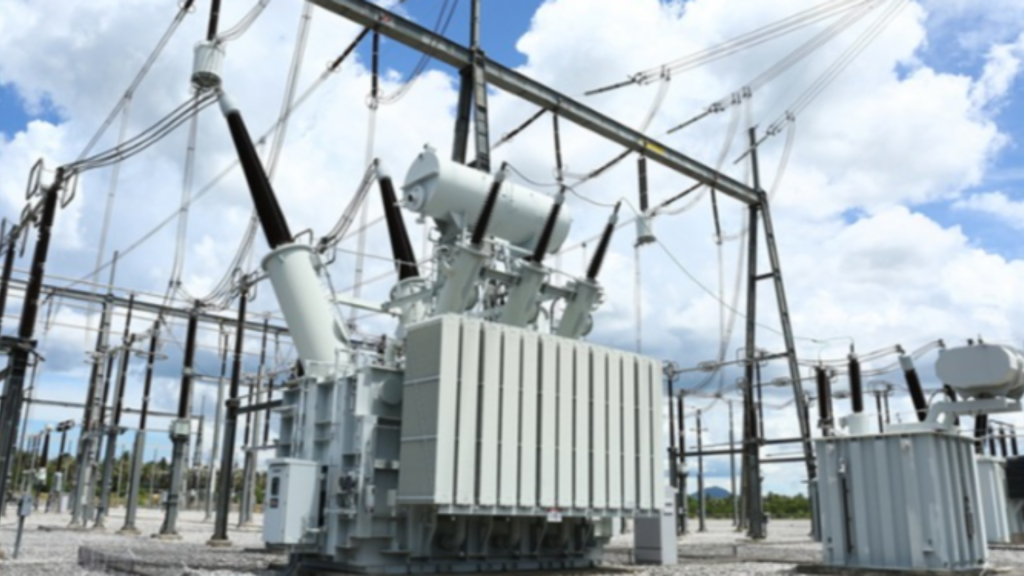
Transformer
A transformer is one of the core components of any substation. Its role is to step up or step down voltage levels to facilitate the safe and efficient transmission and distribution of electricity.
Types of Transformers:
- Step-up Transformer: Used to increase the voltage (for transmission over long distances). For example, converting 110 kV to 400 kV.
- Step-down Transformer: Used to decrease voltage to a lower level that is suitable for local distribution, such as stepping down from 110 kV to 33 kV or 11 kV.
Function: The primary function of a transformer in a substation is to adjust voltage levels so that power can be transmitted over long distances with minimal losses and then distributed to users safely.
Components of a Transformer:
- Core: Made of laminated silicon steel, which helps in the efficient transfer of magnetic energy.
- Windings: These are the copper or aluminum wires wound around the core, where electricity flows.
- Tap Changer: Used to adjust the transformer’s voltage output, typically to match the grid’s voltage requirements or compensate for fluctuations.
